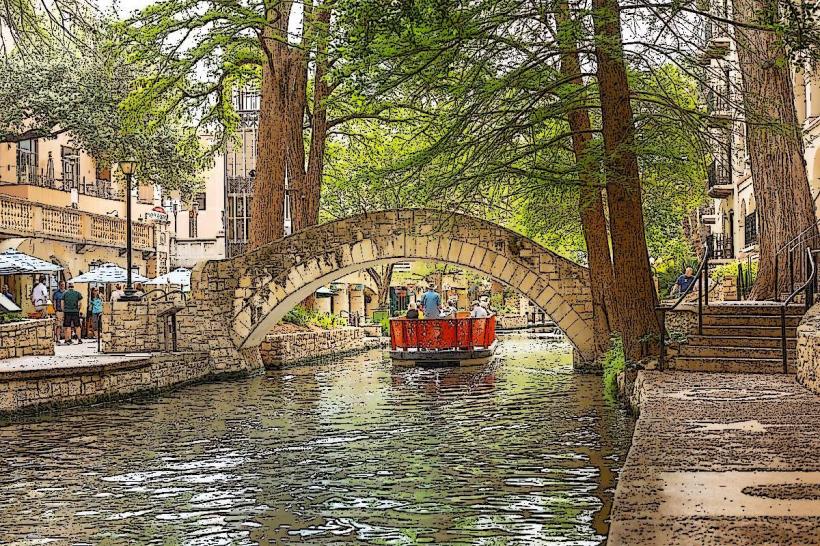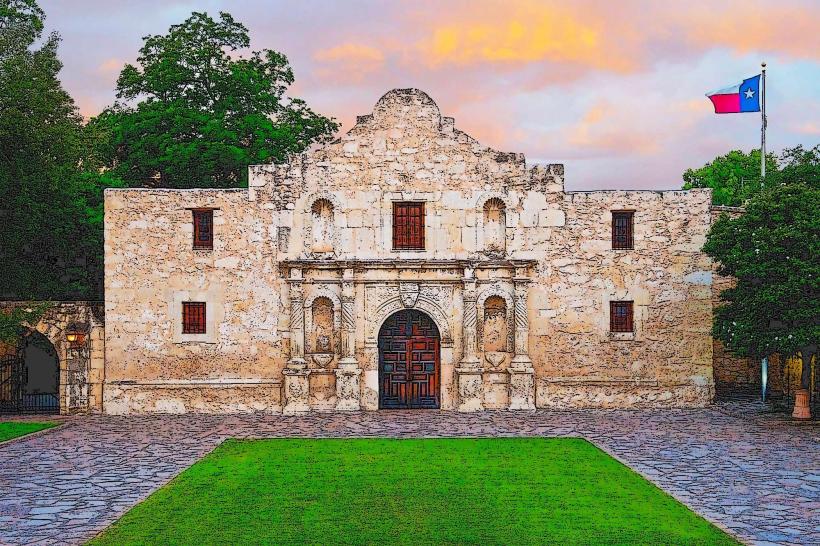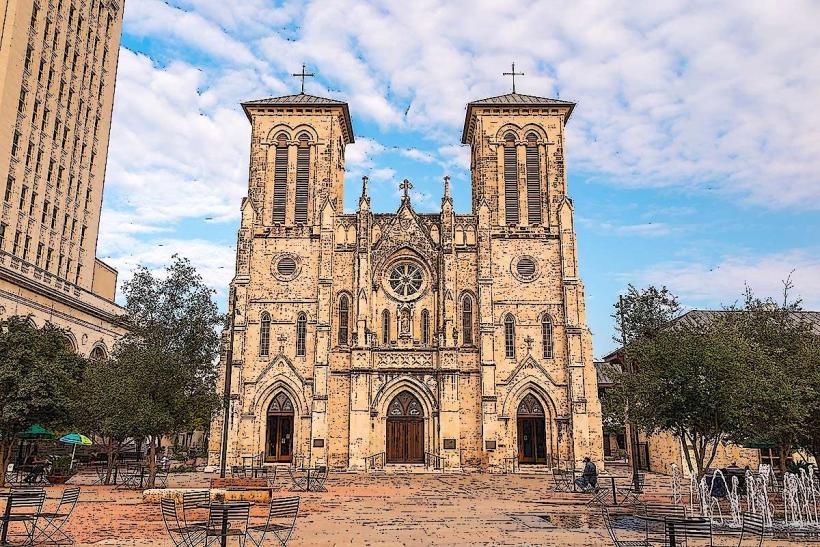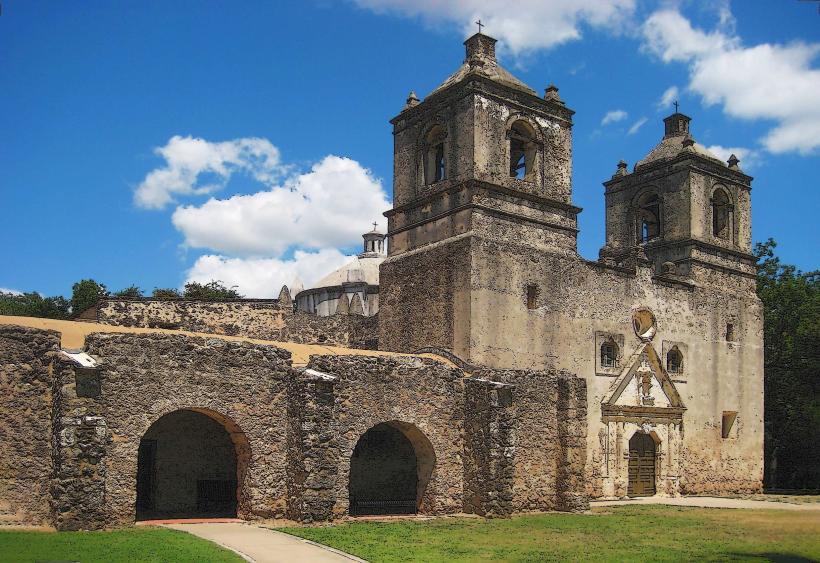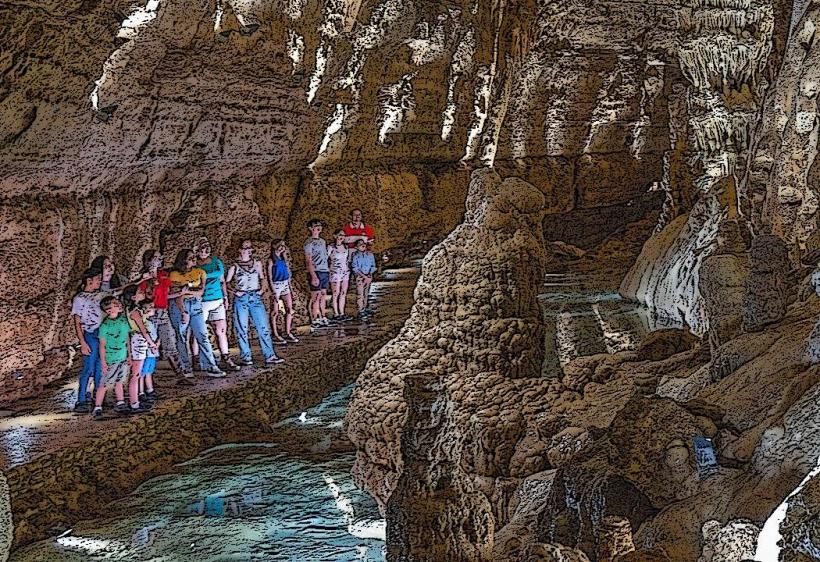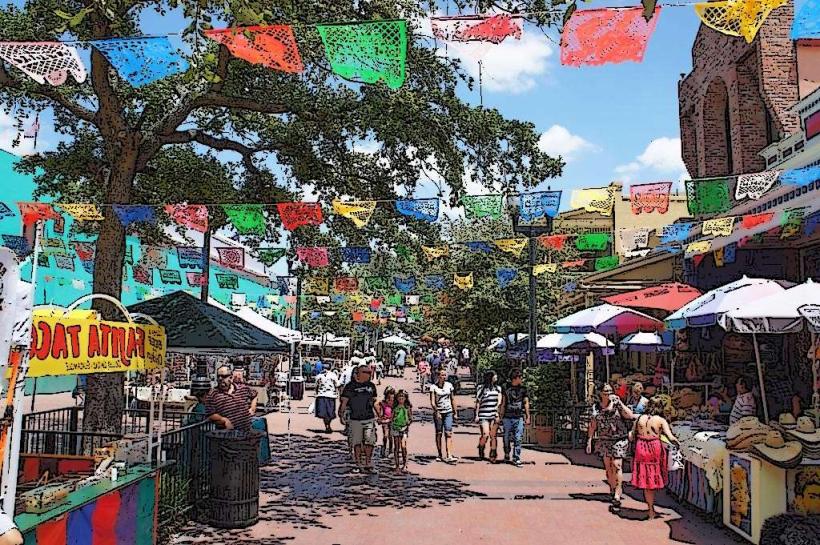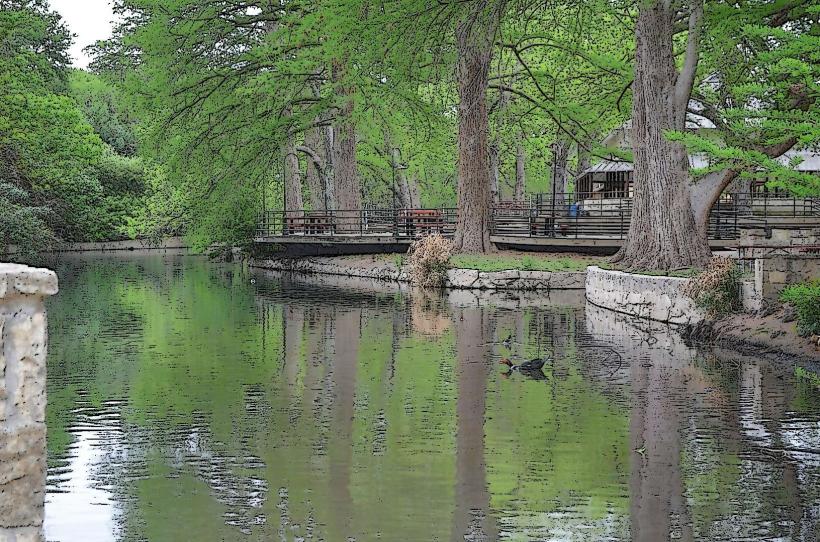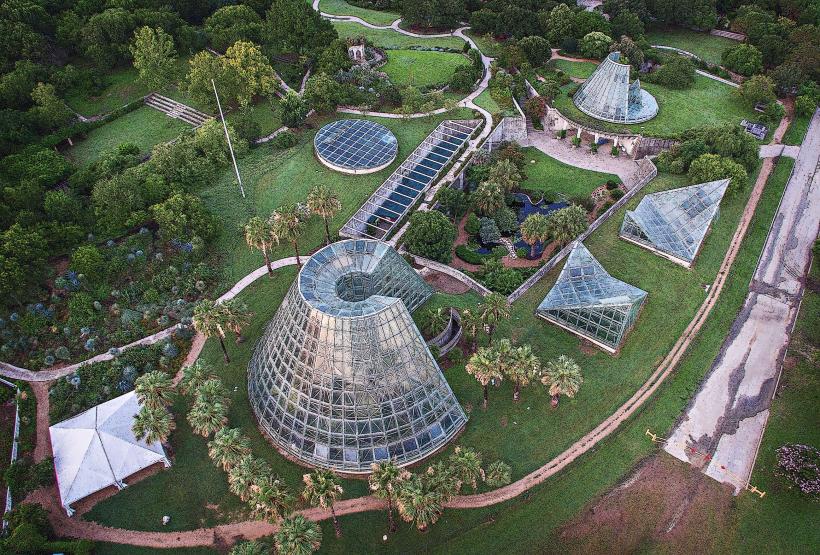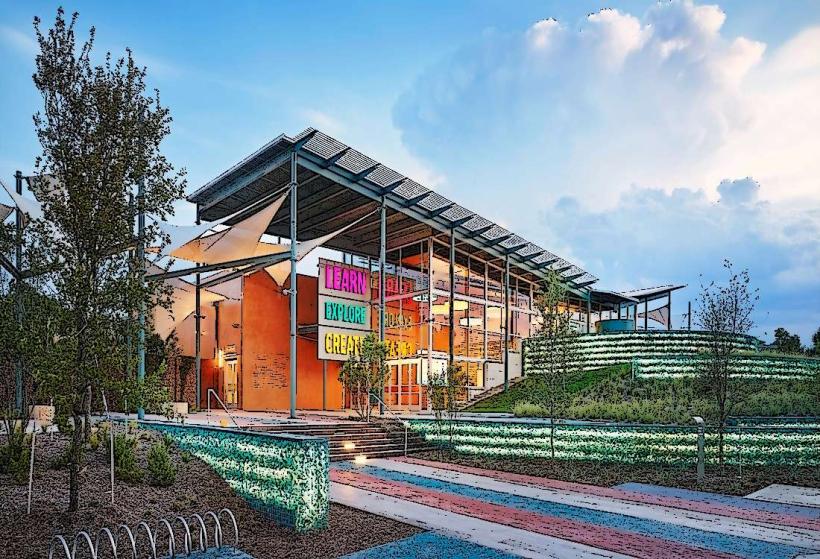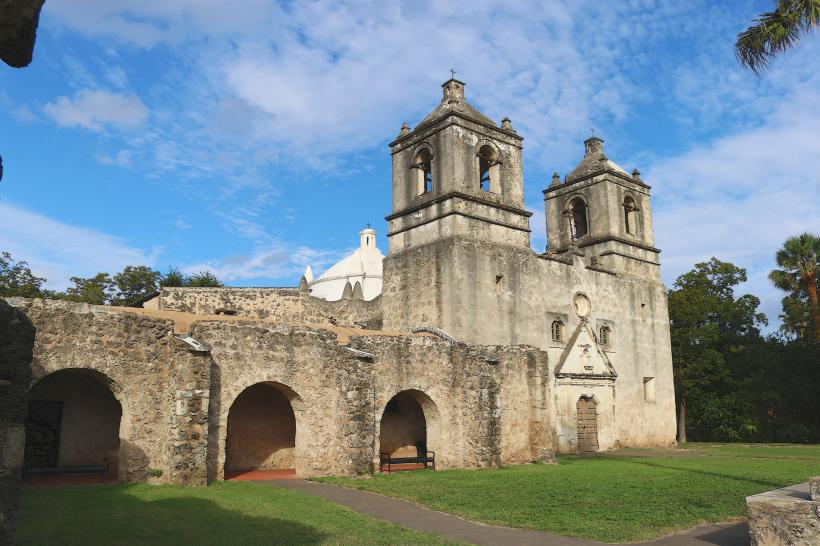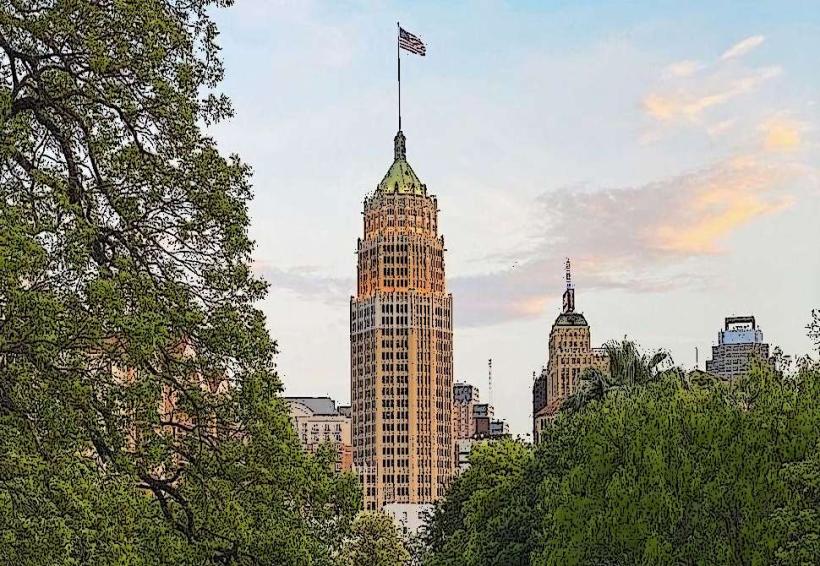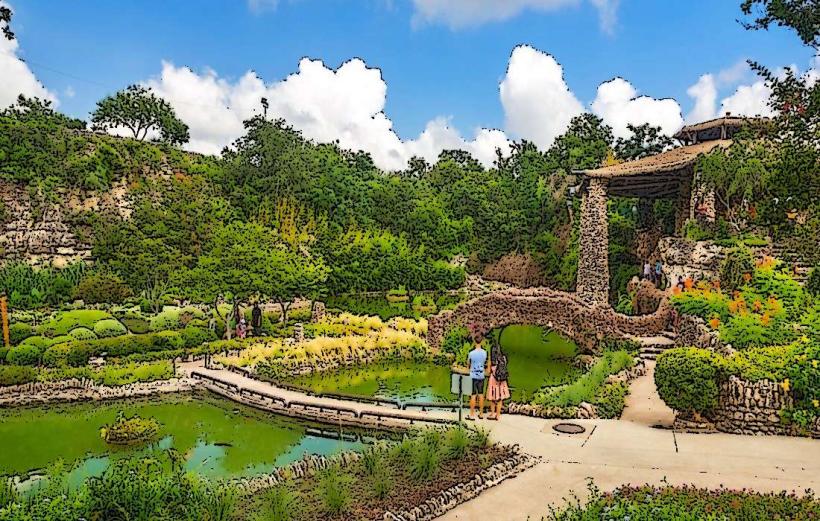Information
Landmark: King William Historic DistrictCity: San Antonio
Country: USA Texas
Continent: North America
King William Historic District, San Antonio, USA Texas, North America
The King William Historic District is one of San Antonio’s most historically and architecturally significant neighborhoods, and one of the oldest residential areas in Texas. It reflects the city's multicultural heritage, 19th-century affluence, and urban transformation. Here's a detailed account of its development, architecture, cultural importance, and legacy:
Origins and Historical Development
18th Century Roots: The land that comprises King William was once part of the farmlands attached to Mission San Antonio de Valero (later known as the Alamo). After the secularization of mission lands in 1793, these lands were distributed to mission Indians or sold, paving the way for future development.
Early 19th Century: By the 1840s, with Texas' independence and statehood, the area began to attract settlers. Notably, two developers—Thomas Devine and Newton Mitchell—purchased large tracts and established a street grid that laid the foundation for modern King William.
German Influence (1850s–1900s): One of the most defining features of the district is its German immigrant heritage. By the 1850s, it had become home to prominent German families who named the main thoroughfare King William Street in honor of King Wilhelm I of Prussia. These immigrants brought with them skills in architecture, business, and engineering, which shaped the character of the neighborhood.
Late 19th Century Flourishing: As San Antonio prospered, so did King William. The neighborhood became home to successful merchants, bankers, and professionals. It was characterized by ornate mansions, lush landscaping, and a refined urban lifestyle, making it one of the most prestigious addresses in Texas.
20th Century Decline: After 1900, wealthier families began moving northward. As the city expanded, the area saw a decline; some mansions were subdivided or abandoned. By the mid-20th century, the district was in decay.
Restoration Era (1950s–present): In the 1950s and 60s, artists and preservationists rediscovered King William. The San Antonio Conservation Society and residents spearheaded restoration efforts. In 1968, it became the first area in Texas to be designated a Historic District, and in 1972, it was listed on the National Register of Historic Places.
Architectural Styles and Landmarks
King William showcases an exceptional collection of 19th and early 20th-century residential architecture, featuring:
Greek Revival – Classical columns and pediments, typically seen in early homes.
Italianate – Tall windows, overhanging eaves, and brackets (e.g., Villa Finale).
Victorian – Decorative trim, asymmetry, and vibrant colors.
Second Empire – Characterized by mansard roofs, such as the Steves Homestead.
Queen Anne – Towers, wraparound porches, and ornate detail.
Neoclassical and Colonial Revival – Popular in later stages of the district’s growth.
Notable Buildings:
Villa Finale (401 King William St.) – Built in 1876 by Russel Norton, it was restored by preservationist Walter Mathis. It’s now a museum operated by the National Trust for Historic Preservation, featuring original furnishings and a large collection of European art and artifacts.
Edward Steves Homestead (509 King William St.) – A limestone Second Empire-style mansion built by German lumber magnate Edward Steves in 1876. It includes a carriage house, bathhouse, and rose garden.
Joske House (414 King William St.) – A Neoclassical Revival mansion associated with the Joske family, founders of one of the first department stores in Texas.
Oge House (209 Washington St.) – An elegant antebellum home later converted into an inn.
Cultural and Social Role
The King William Association, formed in the 1960s, has played a pivotal role in advocating for preservation, organizing events, and maintaining the district's historic character.
The annual King William Fair, held during San Antonio’s Fiesta in April, is a vibrant celebration that includes music, parades, food, and artisan markets. It's both a cultural highlight and a key fundraiser for the neighborhood.
The neighborhood has also attracted artists, writers, and historians due to its charm and authenticity. Its restoration is often cited as a model of successful urban preservation.
Geography and Environment
The district is bounded by East César Chávez Boulevard to the north, the San Antonio River to the east and south, and South St. Mary’s Street to the west.
The San Antonio River Walk runs alongside the district, offering scenic trails, bridges, and connections to parks like Blue Star Arts Complex and Roosevelt Park.
Streets are lined with mature trees, ornamental ironwork, and period lighting, preserving the 19th-century ambiance.
Legacy and Recognition
King William remains one of the best-preserved historic neighborhoods in Texas and is regularly featured in heritage tourism guides.
Its restoration marked a turning point in San Antonio’s attitude toward architectural conservation, influencing the creation of additional historic districts and bolstering local pride in cultural heritage.
Today, it is a living neighborhood—home to residents, galleries, museums, and small businesses—offering a rare, immersive glimpse into the lives of 19th-century Texans amid modern surroundings.

